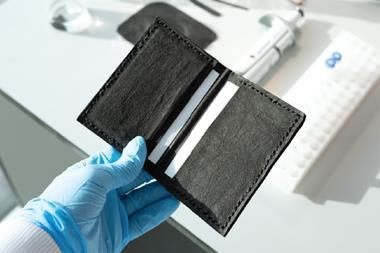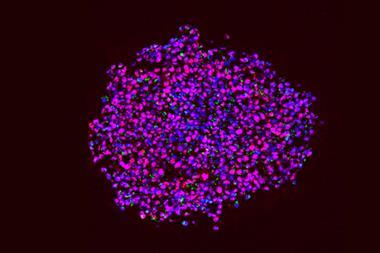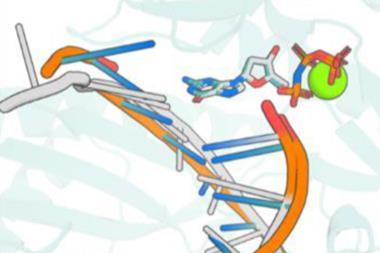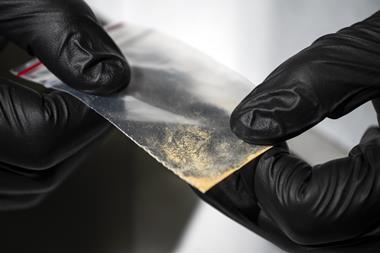Embryos labelled with microbarcodes
Scientists in Spain have flipped the cell-on-a-chip concept to bring us a chip-on-a-cell.

Jose Antonio Plaza of the Institute of Microelectronics Barcelona and colleagues affixed polysilicon chips, which act as barcodes, onto the outer surface of the zona pellucida, a membrane that surrounds immature egg cells and embryos. Although silicon nanowires penetrated the membrane to attach the chip, they did not interfere with embryo development in tests on mouse embryos.
Cell labelling and tracking have numerous scientific and commercial applications. The team highlight that the system could especially benefit assisted reproductive technologies in animals, by preserving pedigree identification, and in humans, as a further safety net against mix-ups in fertility clinics.
References
This article is free to access until 17 March 2015. Download it here:















No comments yet